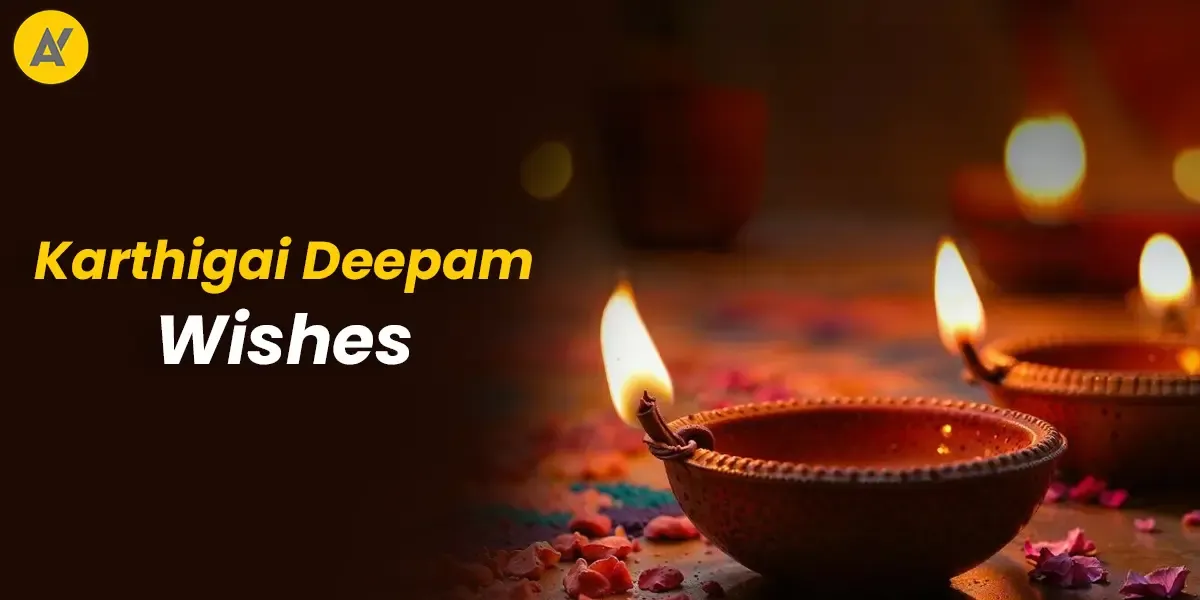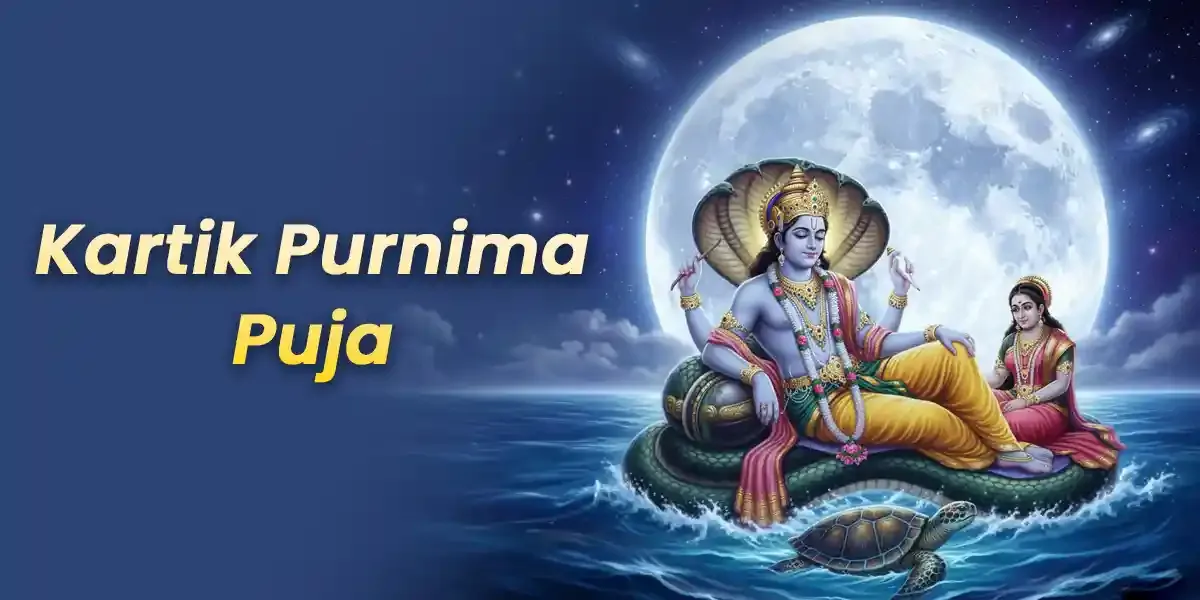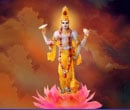
Monday, December 15, 2025 Paksha:Krishna Tithi:Ekadashi
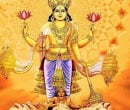
Tuesday, December 16, 2025 Paksha:Krishna Tithi:Dvadashi

Thursday, December 18, 2025 Paksha:Krishna Tithi:Chaturdashi

Friday, December 19, 2025 Paksha:Krishna Tithi:Amavasya

Friday, December 19, 2025 Paksha:Krishna Tithi:Amavasya
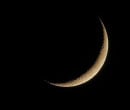
Sunday, December 21, 2025 Paksha:Shukla Tithi:Dvitiiya

Sunday, December 21, 2025 Paksha:Shukla Tithi:Dvitiiya
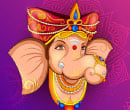
Wednesday, December 24, 2025 Paksha:Shukla Tithi:Chaturthi
Govardhan Puja is celebrated after the festivities of Diwali, and this year, it will fall on the 22nd of October. This auspicious festival pays homage to the blessings bestowed by Lord Krishna upon his devotees. It holds a prominent place in the hearts of the Hindu community, as it commemorates the occasion when Lord Krishna crushed the arrogance of Indra to protect his devotees from nature's wrath.
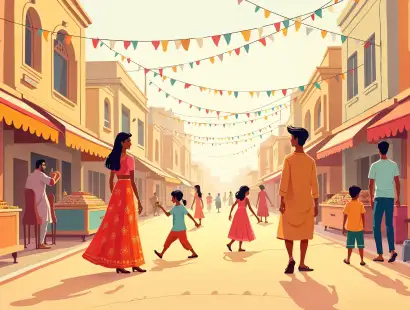


02 Hours 10 Mins
Pratipada Tithi Begins - 12:31 PM on Nov 09, 2026
Pratipada Tithi Ends - 02:00 PM on Nov 10, 2026
Pooja Vidhi and Its Significance
How to Perform Govardhan Puja?
Govardhan Puja is a day of devotion and gratitude, celebrated to honor Lord Krishna’s protection and nature’s abundance. Here’s a simple, step-by-step guide on how to perform the puja with faith and reverence.
Morning Rituals: Wake up early and take a bath to prepare for the rituals.
Prepare the Worship Space: Clean your place of worship and light diyas and incense sticks.
Create the Idol: In an open space within your home (preferably in the southeast direction), draw the idol of Govardhan using cow dung.
Offerings: Offer haldi (turmeric), kumkum (vermilion), and akshat (rice) to the idol.
Prayers: Offer flowers and pray with joined hands before the idol.
Prepare Chappan Bhog: Cook delectable dishes using satvik recipes, preparing fifty-six dishes known as Chappan bhog.
Offer Bhog: Present the bhog as prasad to the idol.
Devotional Songs: Sing devotional songs dedicated to Lord Krishna.
Chanting Mantra: Chant the following mantra to appease the deity: “|| श्रीगिर्रिराजधरणप्रभुतेरीशरण ||”
Parikrama: Perform the parikrama (circumambulation) of the idol.
Aarti: Conclude the puja by performing aarti and distributing the prasad to devotees.
Rituals Associated with Govardhan Puja
Several rituals are performed to seek Lord Krishna's blessings:
- Annakoot: This festival is also known as Annakoot, meaning a mountain of food. Devotees prepare fifty-six dishes, which are offered to Lord Krishna as prasad.
- Bathing Idols: In places like Mathura and Nathdwara, idols of Lord Krishna are given milk baths, dressed in new clothes, and adorned with jewelry. Precious stones, such as diamonds and rubies, are offered by devotees to please the deity.
- Food Offerings: On this day, food and sweets are ceremoniously arranged on thalis, creating mountains of food to offer as Bhog to Lord Krishna.
- Regional Celebrations: In southern India and certain regions of Maharashtra, this day is celebrated as Bali Padva or Bali Pratiba, marking Lord Vishnu's appearance in his Vaman avatar.
Astrological Significance of Govardhan Puja
Govardhan Puja falls during the five-day Diwali celebrations. This festival, observed on the first day of the lunar calendar during the bright phase of the Moon (Krishna Paksha), is celebrated in the Karthik month, following Diwali. It is a time for devotees to pay their respects to nature and its abundant blessings.
Legend of Govardhan Puja
According to Hindu mythology, the inhabitants of Gokul celebrated a festival in honor of Lord Indra at the end of each monsoon. However, one year, Lord Krishna persuaded the villagers to stop worshipping Indra and instead honor the Govardhan hill, which provided their resources. Indra, angered by this change, unleashed heavy rains upon the village. To protect the villagers and their cattle, Krishna lifted the Govardhan hill with his little finger, providing them shelter for six days. Indra soon realized his mistake and sought forgiveness from Krishna.
This day celebrates the unwavering faith of devotees in Lord Krishna, who guides and supports them through life's challenges, bestowing strength, happiness, and blessings.
To know about the Govardhan Puja dates and time in more detail, connect with Astroyogi astrologers right away!
Festival List
- Nag Panchami
- Raksha Bandhan
- Janmashtami
- Ganesh Chaturthi
- Onam
- Pitru Paksha
- Shardiya Navratri
- Durga Puja
- Dussehra
- Karwa Chauth
- Dhanteras
- Diwali
- Govardhan Puja
- Bhai Dooj
- Chhath Puja
- Tulsi Vivah
- Guru Nanak Jayanti
- Christmas
- New year
- Lohri
- Pongal
- Makar Sankranti
- Vasant Panchami
- Shivratri
- Ramadan
- Holi
- Good Friday
- Navratri
- Gudi Padwa
- Ugadi
- Vaisakhi
- Ram Navami
- Mahavir Jayanti
- Hanuman Jayanati
- Buddha Purnima
- Akshay Tritiya
- Shani Jayanti
- Guru Purnima
- Hariyali Teej

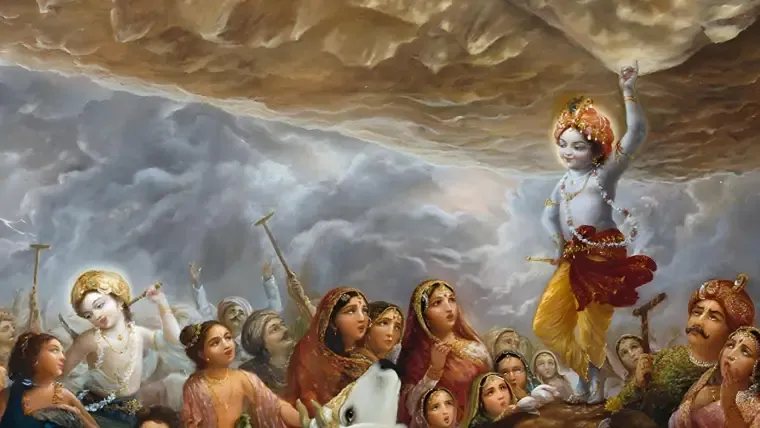
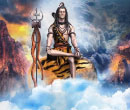















 Team Astroyogi | Thu, Dec 04, 2025
Team Astroyogi | Thu, Dec 04, 2025